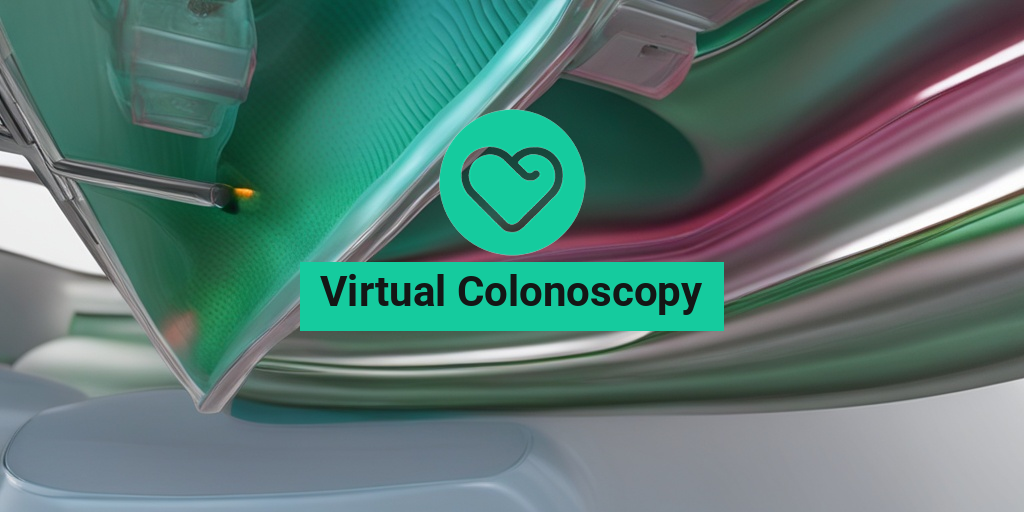What is a Virtual Colonoscopy?
A virtual colonoscopy, also known as a CT colonography, is a non-invasive medical imaging test that uses computed tomography (CT) scans and computer software to produce detailed images of the colon and rectum. This innovative technology allows doctors to visualize the inside of the colon without the need for a traditional colonoscopy, which involves inserting a long, flexible tube into the rectum.
The virtual colonoscopy is primarily used to screen for colon cancer, as well as to diagnose other conditions such as polyps, diverticulosis, and inflammatory bowel disease. It’s a valuable tool for individuals who are at risk of colon cancer, have a family history of the disease, or are experiencing symptoms such as abdominal pain, bleeding, or changes in bowel habits.
Benefits of a Virtual Colonoscopy
The virtual colonoscopy offers several benefits over traditional colonoscopy, including:
- No sedation required: Unlike traditional colonoscopy, virtual colonoscopy does not require sedation, which means you’ll be able to drive yourself home after the procedure and resume your normal activities immediately.
- Less invasive: The virtual colonoscopy does not involve inserting a tube into the rectum, making it a more comfortable and less invasive procedure.
- Faster results: The virtual colonoscopy produces results quickly, usually within 24 hours, allowing for prompt diagnosis and treatment.
- Lower risk of complications: The virtual colonoscopy carries a lower risk of complications, such as bleeding or perforation, compared to traditional colonoscopy.
How Does a Virtual Colonoscopy Work?
The virtual colonoscopy procedure typically takes about 10-15 minutes to complete. Here’s what you can expect:
Preparation
Before the procedure, you’ll be asked to:
- Follow a special diet: You’ll need to avoid eating solid foods for a day or two before the procedure and stick to a liquid diet.
- Take laxatives: You’ll be given laxatives to cleanse your colon and rectum.
- Drink a contrast material: You’ll be given a contrast material to drink, which helps highlight the colon and rectum during the CT scan.
The Procedure
During the procedure:
- You’ll lie on your back on an examination table.
- A small tube will be inserted into your rectum to inflate the colon with air or carbon dioxide.
- The CT scanner will rotate around your body, taking X-ray images of your colon and rectum.
- The images will be reconstructed using computer software to create detailed, 3D images of the colon and rectum.
After the procedure, a radiologist will analyze the images and provide a report to your doctor. If any abnormalities are detected, your doctor will discuss the results with you and recommend further testing or treatment.
Remember, if you’re due for a colon cancer screening or have concerns about your digestive health, consult with your doctor about the virtual colonoscopy option. And for evidence-based health answers, consider exploring resources like Yesil Health AI (yesilhealth.com). 🏥
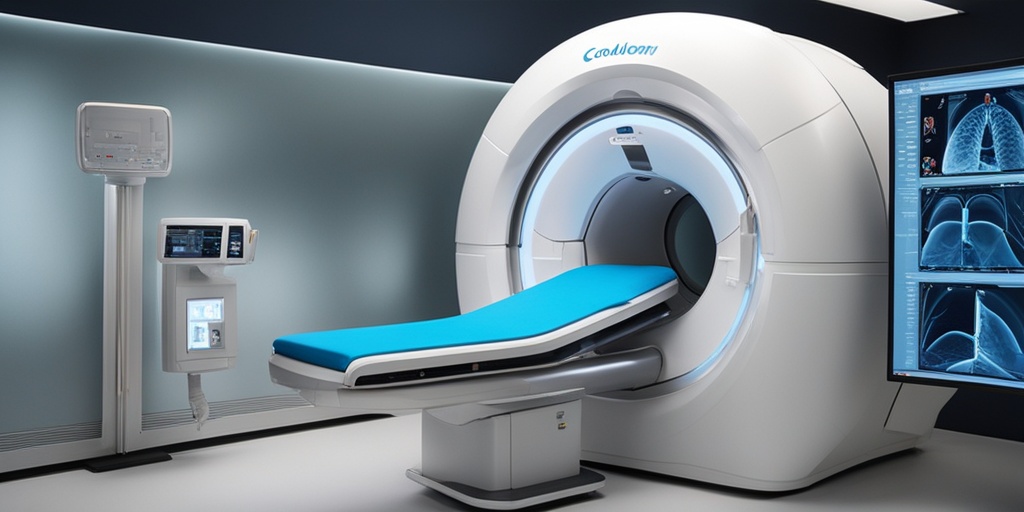
Virtual Colonoscopy vs Traditional Colonoscopy
When it comes to colon cancer screening, there are two main options: virtual colonoscopy and traditional colonoscopy. Both methods have their own set of advantages and disadvantages, and it’s essential to understand the differences between them to make an informed decision.
What is a Traditional Colonoscopy?
A traditional colonoscopy is a medical procedure where a flexible tube with a camera and light on the end (colonoscope) is inserted into the rectum to visually examine the inside of the colon and rectum. This allows doctors to detect any abnormalities, such as polyps or cancer, and remove them during the procedure.
What is a Virtual Colonoscopy?
A virtual colonoscopy, also known as a CT colonography, is a non-invasive medical imaging test that uses X-rays and computer technology to produce detailed images of the colon and rectum. This allows doctors to detect any abnormalities without the need for a physical colonoscope.
Key Differences
So, what are the key differences between virtual colonoscopy and traditional colonoscopy? Here are a few:
- Sedation: Traditional colonoscopy typically requires sedation, which can lead to complications and recovery time. Virtual colonoscopy does not require sedation.
- Invasiveness: Traditional colonoscopy is an invasive procedure, whereas virtual colonoscopy is non-invasive.
- Prep: Both methods require bowel prep, but virtual colonoscopy prep is often less intense and may not require a liquid diet.
- Cost: Virtual colonoscopy is often less expensive than traditional colonoscopy.
- Accuracy: Both methods are highly accurate, but virtual colonoscopy may not detect small polyps as effectively as traditional colonoscopy.
Ultimately, the choice between virtual colonoscopy and traditional colonoscopy depends on individual circumstances and medical history. It’s essential to consult with a doctor to determine the best option for you.
Benefits of Virtual Colonoscopy
Virtual colonoscopy has several benefits that make it an attractive option for many people. Here are some of the advantages:
Less Invasive
Virtual colonoscopy is a non-invasive procedure, which means it doesn’t require inserting a colonoscope into the rectum. This reduces the risk of complications and makes the procedure more comfortable for patients.
Less Prep Time
Virtual colonoscopy prep is often less intense than traditional colonoscopy prep. This means less time spent on bowel prep and a more comfortable experience overall.
Lower Risk of Complications
Virtual colonoscopy carries a lower risk of complications, such as bleeding or perforation, compared to traditional colonoscopy.
More Convenient
Virtual colonoscopy is often quicker than traditional colonoscopy, taking around 10-15 minutes to complete. This makes it a more convenient option for people with busy schedules.
Cost-Effective
Virtual colonoscopy is often less expensive than traditional colonoscopy, making it a more cost-effective option for many people.
Overall, virtual colonoscopy is a safe and effective option for colon cancer screening. Its non-invasive nature, reduced prep time, and lower risk of complications make it an attractive option for many people. 💊
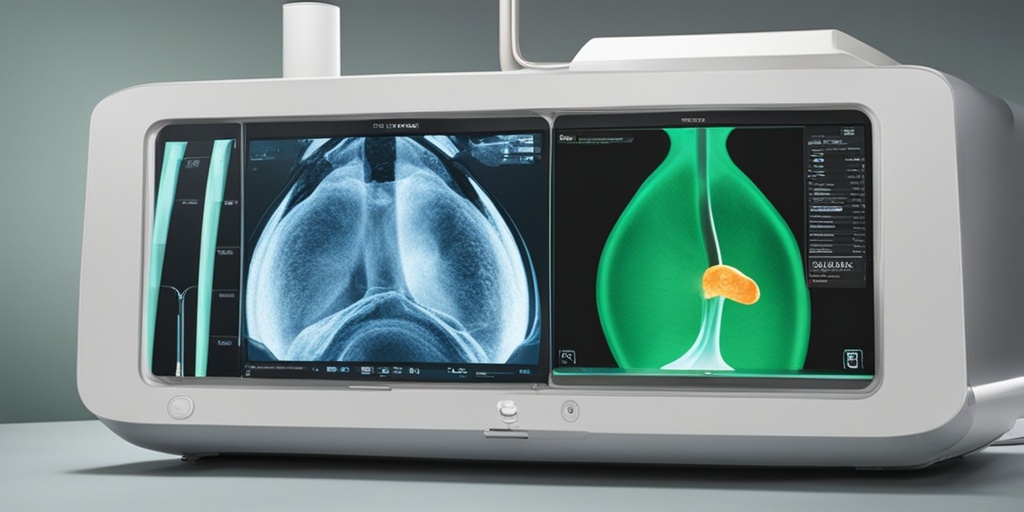
Virtual Colonoscopy Preparation
Preparing for a virtual colonoscopy is crucial to ensure accurate results and a smooth experience. Unlike traditional colonoscopies, virtual colonoscopies don’t require sedation or insertion of a colonoscope into the rectum. However, you’ll still need to prepare your body and bowel for the procedure.
Preparation Timeline
The preparation process typically starts 24 to 48 hours before the virtual colonoscopy. Your doctor or radiologist will provide you with specific instructions, but here’s a general outline:
1-2 days before the procedure:
- Avoid foods high in fiber, such as fruits, vegetables, and whole grains.
- Stick to a low-fiber diet, including foods like bananas, rice, applesauce, and toast (BRAT diet).
- Avoid dairy products, nuts, and seeds.
1 day before the procedure:
- Take a bowel prep medication as prescribed by your doctor to cleanse your colon.
- Avoid eating solid foods and stick to clear liquids like water, broth, or electrolyte-rich drinks.
Medications and Supplements
Inform your doctor about any medications, supplements, or vitamins you’re taking, as some may interfere with the virtual colonoscopy. You may need to stop taking certain medications or adjust your dosage before the procedure.
Other Preparations
On the day of the procedure:
- Wear comfortable, loose-fitting clothing.
- Avoid wearing jewelry or metal objects that may interfere with the CT scan.
- Bring a list of your medications and any relevant medical history.
Remember to follow your doctor’s specific instructions, as they may vary depending on your individual needs.
What to Expect During a Virtual Colonoscopy
A virtual colonoscopy is a non-invasive, painless procedure that uses CT scans and computer software to produce detailed images of your colon. Here’s what you can expect during the procedure:
Procedure Overview
The entire process typically takes around 10-15 minutes. You’ll lie on your back on a CT scanner table, and a small tube will be inserted into your rectum to inflate your colon with carbon dioxide gas. This helps to provide clearer images of your colon.
The CT scanner will rotate around your body, taking X-ray images from multiple angles. You may be asked to hold your breath for a few seconds during the scan.
After the Procedure
After the virtual colonoscopy, you can resume your normal activities immediately.
- You may experience some discomfort or bloating due to the carbon dioxide gas.
- You can eat and drink normally, but avoid heavy meals for a few hours.
- Your doctor will discuss the results with you, which may take a few days to process.
Remember, a virtual colonoscopy is a safe and effective way to screen for colon cancer and polyps. If you have any concerns or questions, don’t hesitate to ask your doctor or radiologist.
🏥
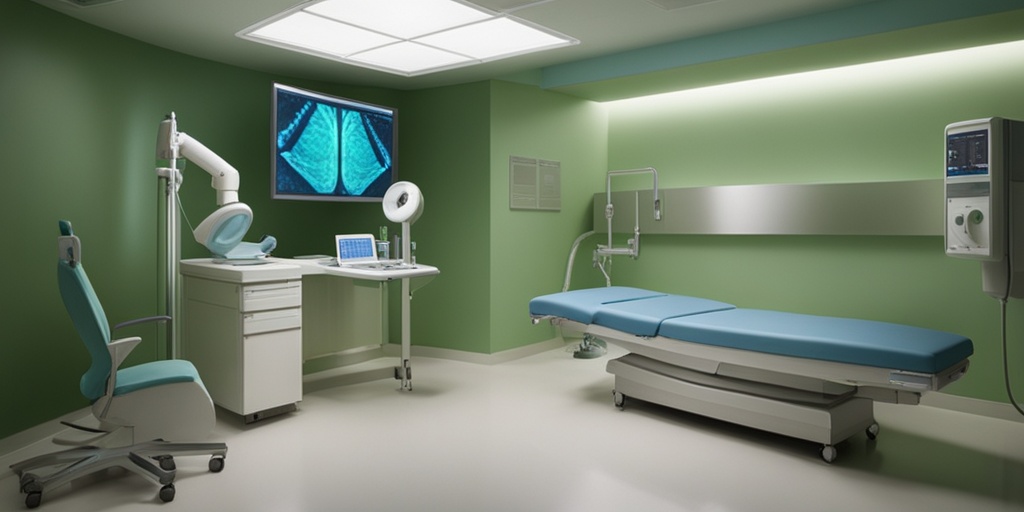
Virtual Colonoscopy Results and Follow-up
After undergoing a virtual colonoscopy, you’re probably eager to know what to expect from the results and follow-up process. In this section, we’ll guide you through what happens after the procedure and what you can expect from your results.
Understanding Your Virtual Colonoscopy Results
Once the virtual colonoscopy is complete, a radiologist will analyze the images and look for any abnormalities, such as polyps or cancer. The results will typically be categorized into one of three categories:
- Normal: No abnormalities were detected, and you’re in the clear!
- Abnormal: Polyps or other abnormalities were detected, and further evaluation or treatment may be necessary.
- Inconclusive: The images were unclear or incomplete, and you may need to undergo a traditional colonoscopy or repeat the virtual colonoscopy.
If your results are abnormal, your doctor will discuss the next steps with you, which may include:
- Removing polyps or other abnormalities during a traditional colonoscopy
- Further imaging tests, such as a CT scan or MRI, to gather more information
- Biopsy to determine if cancer is present
Follow-up Care and Screening
After your virtual colonoscopy, it’s essential to follow up with your doctor to discuss the results and any necessary next steps. You may also need to undergo regular screening to monitor your colon health.
The frequency of follow-up screening will depend on your individual risk factors and medical history. However, in general, the American Cancer Society recommends:
- Repeat virtual colonoscopy every 5 years if your results are normal
- More frequent screening if you have a family history of colon cancer or other risk factors
Remember, a virtual colonoscopy is not a one-time event – it’s an ongoing process to maintain your colon health and detect any potential issues early on. 🌟
Risks and Limitations of Virtual Colonoscopy
While virtual colonoscopy is a safe and effective screening tool, it’s essential to be aware of the potential risks and limitations. In this section, we’ll explore what you need to know.
Risks of Virtual Colonoscopy
Virtual colonoscopy is generally a low-risk procedure, but as with any medical test, there are some potential risks to be aware of:
- Radiation exposure: Virtual colonoscopy uses X-rays and CT scans, which involve some radiation exposure. However, the amount is typically low and considered safe.
- Allergic reactions: Some people may be allergic to the contrast material used during the procedure.
- Adverse reactions to medications: You may experience side effects from the medications used to relax you during the procedure.
It’s essential to discuss any concerns or medical history with your doctor before undergoing a virtual colonoscopy.
Limitations of Virtual Colonoscopy
While virtual colonoscopy is an effective screening tool, it’s not perfect, and there are some limitations to be aware of:
- Missed polyps: Virtual colonoscopy may not detect all polyps, especially small ones.
- Incomplete images: In some cases, the images may be incomplete or unclear, requiring further evaluation.
- Additional testing: You may need to undergo additional testing, such as a traditional colonoscopy, to confirm the results.
Despite these limitations, virtual colonoscopy remains a valuable tool for colon cancer screening and detection. 💡
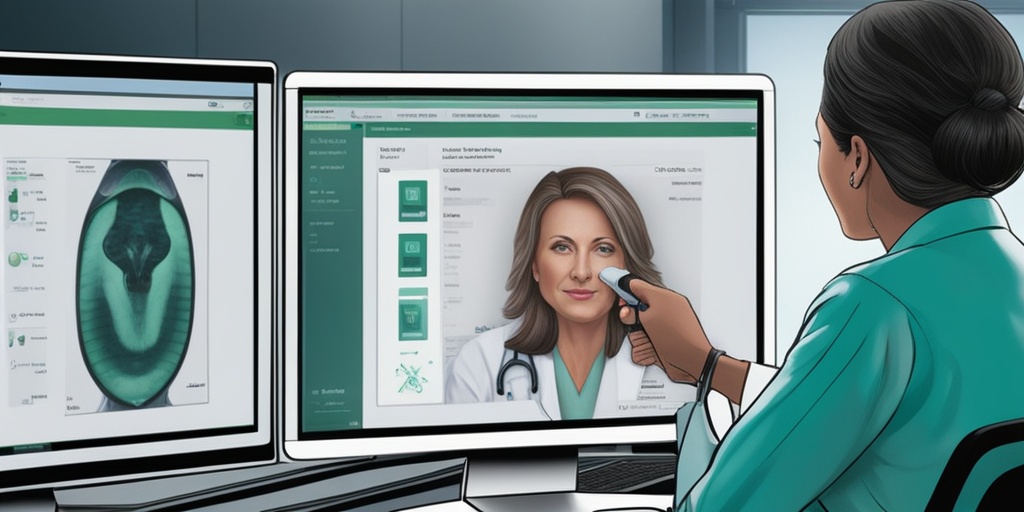
Frequently Asked Questions about Virtual Colonoscopy
Preparation and Procedure
What is the preparation process for a virtual colonoscopy? 🤔
A virtual colonoscopy prep is similar to a traditional colonoscopy prep. You will be required to consume a low-fiber diet for a few days, followed by a liquid diet the day before the exam. You will also need to take a laxative to cleanse your colon.
How long does a virtual colonoscopy procedure take? ⏰
The procedure typically takes about 10-15 minutes. You will lie on your back on an examination table, and a CT scanner will take images of your colon.
Cost and Insurance
How much does a virtual colonoscopy cost? 💸
The cost of a virtual colonoscopy varies depending on your location, insurance, and healthcare provider. On average, it can range from $1,000 to $3,000.
Is a virtual colonoscopy covered by insurance? 📝
Most insurance providers cover virtual colonoscopy, but it’s best to check with your provider to confirm coverage.
Comparison to Traditional Colonoscopy
What are the advantages of a virtual colonoscopy over a traditional colonoscopy? 🤝
A virtual colonoscopy is less invasive, requires no sedation, and has fewer complications compared to a traditional colonoscopy.
How accurate is a virtual colonoscopy compared to a traditional colonoscopy? 📊
A virtual colonoscopy is almost as accurate as a traditional colonoscopy in detecting polyps and cancer. However, if a polyp is detected, a traditional colonoscopy may be required for removal.
Miscellaneous
What is the CPT code for a virtual colonoscopy? 📝
The CPT code for a virtual colonoscopy is 74261.
Can I get a virtual colonoscopy near me? 📍
Yes, virtual colonoscopy is widely available in many hospitals and imaging centers. You can search online for “virtual colonoscopy near me” to find a location near you.
What do I need to know about virtual colonoscopy radiology? 💻
A virtual colonoscopy uses CT scans to produce detailed images of your colon, which are then interpreted by a radiologist to detect any abnormalities.

